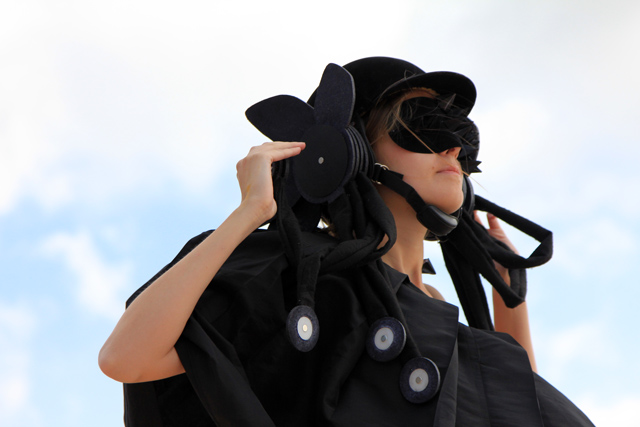Catalytic Clothing, a collaboration between designer/artist Helen Storey and chemist Tony Ryan in partnership with University of Sheffield and University for the Arts London, explores how textiles and nanotechnology can be used to form a catalytic surface to purify the air in our environment.
The clothing uses photocatalytic (light activated catalysts) to break down airborne pollutants such as industrial pollutants and car exhaust fumes by reordering the electrons in the atoms of the fabrics to create a more reactive surface. These radicals then react with the pollutants in the environment resulting in "cleaner" air.
According to the creators, "Catalytic Clothing indicates that a significant reduction in the level of airborne pollutants in a large city such as London could be achieved if, for every metre of pavement width, 30 people wearing Catalytic Clothes walked past each minute." Better get these garments into the mainstream!
Continue reading on Creative Idle, Triple Pundit Image from Creative Idle
